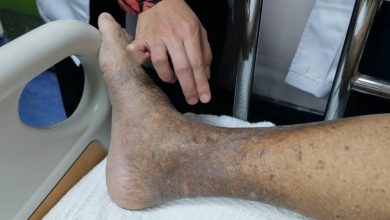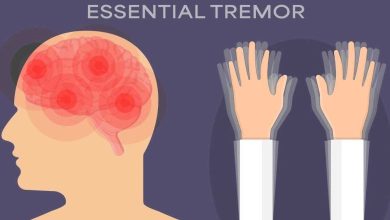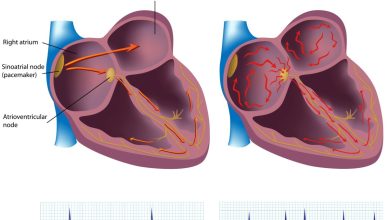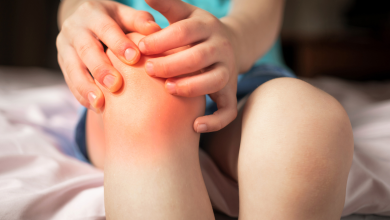Ingrown Hair Causes, Symptoms, Diagnosis and Treatment
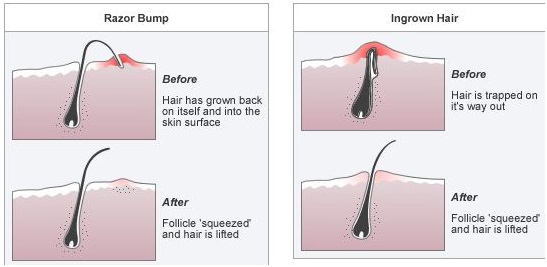
What Is Ingrown Hair ?
An ingrown hair is a condition marked by curling back of the hair into the skin. It may also include hair which tends to grow sideways.
Known to cause inflammation and pain, ingrown hair present as tiny bumps in the area where the hair was removed while either shaving, waxing or using tweezers.
People with coarse and curly hair are more prone to developing ingrown hair than the rest. If one tries to squeeze the lump produced during ingrown hair, they may develop an infection of the hair follicle.
Shaving followed by waxing and tight clothing is the leading cause for the development of ingrown hair.
A common condition associated with hair removal, it tends to occur more to those who are from black descents and are male.
In most cases, no treatment is required since ingrown hair tend to improve on its own. In order to completely avoid the condition, one should avoid removing hair altogether.
Causes Of Ingrown Hair:
Ingrown hairs are caused when hair which has grown out of the skin, curls back and re-enters the skin. Some hair may curl back into the hair follicle without exiting the skin in the first place.
The chances of developing an ingrown hair increases when:
- Skin is pulled taut during shaving
- Waxing or using tweezers to remove hair
- Tight clothes are worn
Symptoms Of Ingrown Hair:
Location of ingrown hair includes the beard area, including the chin and cheeks and the neck, in males and armpits, pubic area and legs in females.
Possible symptoms may include:
- Small, solid, rounded bumps
- Presence of small, pus-filled, blister-like pustules
- hyperpigmentation
- Pain
- Itching
- Embedded hairs
- Inflammation
- Rash
- Bacterial Infections
- Permanent scarring on the affected area
Diagnosis Of Ingrown Hair:
Ingrown hair can be diagnosed via:
- A medical history, where the doctor may inquire about the patients’ hair removing habits
- Physical examination of the affected area
Treatment Of Ingrown Hair:
Treatment options for ingrown hair may include the following:
- Removing ingrown hair with tweezers or a medical device for ingrown hairs.
- Use of laser treatment or electrolysis to completely prevent hair growth.
- Prophylactic treatments
- daily topical application of diluted glycolic acid
- Applying salicylic acid solution
- Medication to prevent infections
By : Natural Health News

